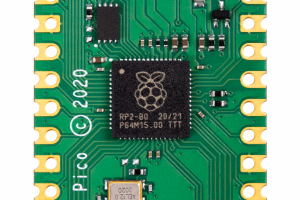
‘Smart glass and windows 2018-2028: Electronic shading and semi-transparent PV‘ identifies gigawatt hour potential from glass building cladding and windows that include photovoltaic layers, but identifies multiple factors holding back deployment.
Thinned crystalline silicon, for example, works and has a long life, but tops out at 60% transparency and has a non-uniform appearance – precluding it from window-use, but allowing limited adoption on skylights, and facades away from windows.
Thin-film organic solar glass is acceptably transparent – over 80% – and can block undesirable heat by turning infra-red into electricity, but is currently dogged by low efficiency – “below 5%, often below 3%”, according to report author Luke Gear – and short life – between five and ten years, according to Gear, while the construction industry wants 25 years.
Non-organic thin-film technologies are also discussed: perovskite and CdTe, for example.
Thin-film solar technologies that can be applied to curve surfaces could also make in-roads into vehicles – particularly electric vehicles – whose designs are including more and more glass.
Some solar companies are making progress, including in partnership with big players in the glass industry, and the report describes what they are doing and when the market can expect to see products.
 Electronics Weekly Electronics Design & Components Tech News
Electronics Weekly Electronics Design & Components Tech News



